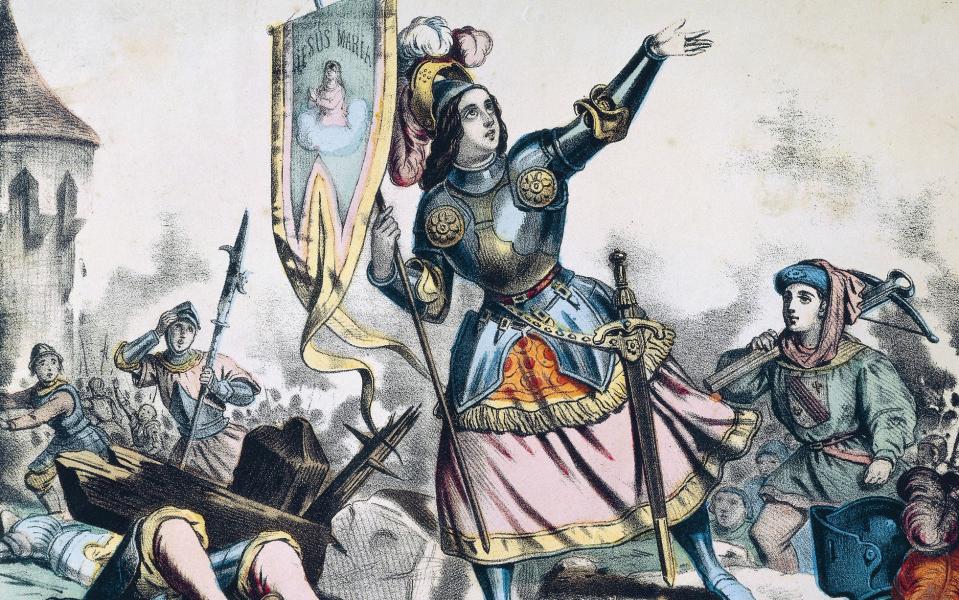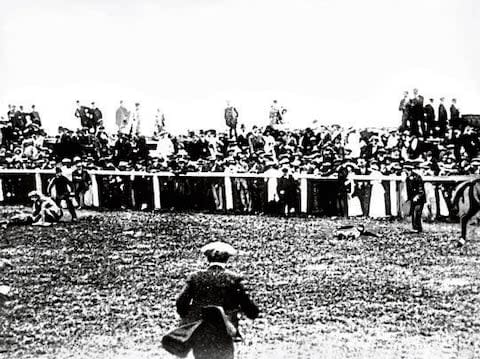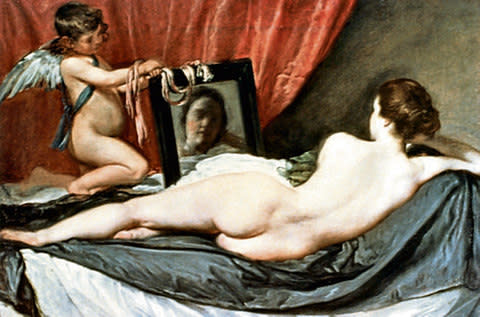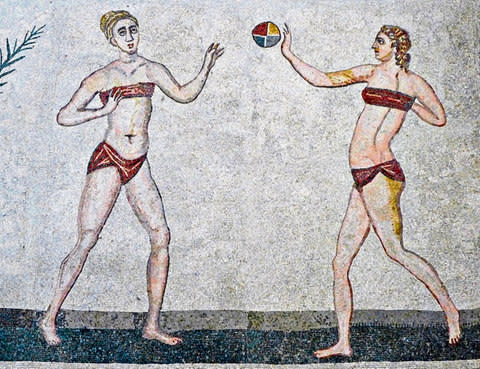10 women that shaped history – and where to explore their legacy

Women? We’re everywhere. We run countries, supreme courts, central banks, tech giants and football clubs. We almost won Best Director at the Oscars. We float, we fly, we even have a sense of humour. So in the spirit of #metoo and black dresses at the Golden Globes, let’s plan a few visits around the women who have played their part in history.
Early days
Let's start at the beginning with Lucy, the world’s oldest hominid at 3.2 million years old. That is, until she was gazumped by Ardi, also female, but a million years older. You can’t get to see Ardi, but Lucy’s remains are stored at the National Museum of Ethiopia in Addis Ababa – and there’s a cast of her 31/2ft-tall skeleton on display.
10-20 birr (26p-52p); 00 251 11 111 7150

Warrior Queen
She trashed the English at the Siege of Orléans in 1429, became a French national heroine at the age of just 18 and died at the stake for her beliefs a year later. It took around 500 years for Joan of Arc, aka the Maid of Orléans, to become a saint and almost another 100 for her to get her own museum in Rouen.
€10.50 (£9.30); historial-jeannedarc.fr/en
Mono culture
Nothing about Frida Kahlo was conventional; not her art, not her love life and certainly not her monobrow, which she depicted time and time again in her vivid paintings. Her museum is her former family home in Coyoacán, Mexico City, known as the Blue House because of its deep indigo walls – it is also a frequent motif in her work.
Mex$200 (£7.70); museofridakahlo.org.mx

Earth mother
Roads in Argentina often sport tiny shrines, aflutter with offerings to La Difunta Correa. She died in the city of San Juan, seeking her husband during the 1840s civil war. Her body was found four days later, still suckling her newborn baby. Her effigy is in Vallecito.
Empress of things
Forget men and power; what really did it for Catherine the Great (who swiped her husband’s throne in 1762 and ruled Russia for 34 years) was glyptics. She was obsessed with the carved gems, both intaglios and cameos, and her purchases form the core of the three million-strong collection in the State Hermitage Museum in St Petersburg, which celebrates its foundation on St Catherine’s Day each year.
RUB 700 (£8.78); hermitagemuseum.org

Seat of justice
“I had been pushed as far as I could stand to be pushed,” said Rosa Parks of her 1955 refusal to cede her seat on the bus to a white passenger in Alabama. Take her seat on Cleveland Avenue Bus No 2857 at the Henry Ford Museum of Innovation, Dearborn, Michigan.
$23 (£16.50); thehenryford.org

Ultimate sacrifice
Five years ago, Epsom Downs Racecourse in Surrey unveiled a plaque to Emily Wilding Davison, the only suffragette to lose her life in the cause of Votes for Women. She stepped in front of the king’s horse on Derby Day, June 4 1913, and died of her injuries. Going to this year’s Investec Derby or Ladies’ Day on June 1 and 2? Pay your respects at Tattenham Corner, where a simple timber plaque is fixed to the running rails.
Grandstand from £55; epsomderby.co.uk

Look of love
The Velázquez painting The Rokeby Venus in Room 30 of London’s National Gallery sent Victorian men into a frenzy and enraged the suffragist Mary Richardson so much that she went for it with a chopper. Venus, however, is looking at herself and us in the mirror, and her eyes fix the viewer with a cool, appraising gaze. So she’s naked. So what?
Free; nationalgallery.org.uk

Fight club
These images of female athletes in competition are part of a stupendous collection of decorated floors in the Villa Romano del Casale in Piazza Armerina, Sicily, described by Unesco as “the finest mosaics in situ anywhere in the Roman world”. Call them the bikini girls, though, and they’ll probably punch you on the nose.
€10; visitsicily.info

Free woman
Ever heard of “The New Colossus”, a poem by Emma Lazarus? You may well know its famous lines: “Give me your tired, your poor, your huddled masses yearning to breathe free”. New York poet and activist Lazarus wrote her sonnet to raise funds for the pedestal of the new colossus herself, in other words the Statue of Liberty, donated by the people of France and erected in 1886.
$18.50; nps.gov/stli/index.htm

